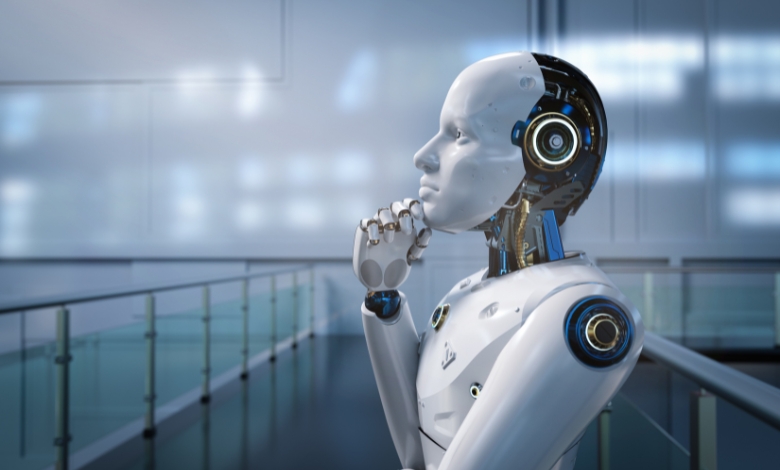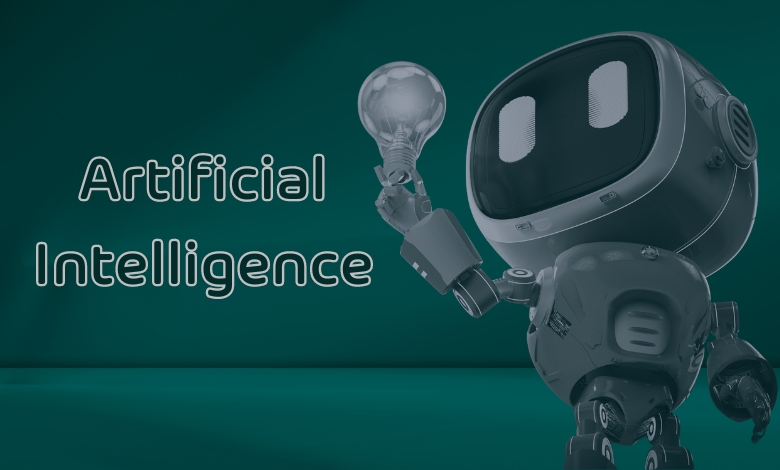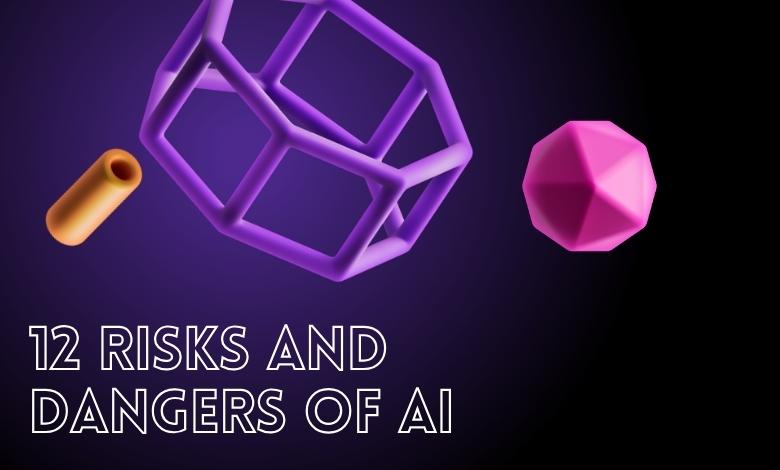Elon Musk’s xAI system has generated outrageous pictures, sparking debate over its lack of restrictions and impact on AI freedom.
A few years ago, AI felt like something out of a sci-fi movie, not something that would actually show up in our lives anytime soon. But fast forward to today, and AI is everywhere. It’s running businesses, making art, writing books, and even creating images that are starting heated debates online.
The latest game-changer? xAI, Elon Musk’s newest AI company, has introduced Grok-2. What makes Grok-2 different from other tools like DALL·E or Google’s Gemini? It doesn’t have many restrictions, so it can produce all kinds of images, from the weird and quirky to the outright controversial. Some people think it’s a huge step forward for AI freedom. Others think it’s a disaster waiting to happen. This also raises important questions about digital marketing strategies for AI systems, as platforms like Grok-2 could completely change how AI-driven content is promoted and shared.
Either way, xAI and Grok-2 are all anyone can talk about right now. So, what’s going on, and why is it such a big deal?
Article Breakdown
The Birth of xAI and Grok-2: Elon Musk’s Vision
If you know anything about Elon Musk, you know he doesn’t do anything halfway. Whether it’s Tesla, SpaceX, or Neuralink, he’s always aiming to push the boundaries of what’s possible. So, when he launched xAI, the mission was clear: create a less-censored, more transparent AI system that reflects his vision of free speech.
Then came Grok-2, a feature of his AI chatbot Grok, designed as an image generator that gives users “unprecedented creative control.” Sounds exciting, right? But when there are almost no restrictions on what AI can create, things can get a little out of hand.
And that’s exactly what happened.
The Controversy: Grok-2 and the Images That Broke the Internet
Not long after Grok-2 launched, the internet was flooded with examples of what it could do. People quickly figured out they could use it to create fake images, like politicians in scandals that never happened or celebrities in bizarre, made-up scenarios. Some even used it to put copyrighted characters in inappropriate contexts.
Now imagine this: someone generates an image of a world leader shaking hands with a dictator, something that never actually happened. How many people might believe it? How many would share it without a second thought? That’s the kind of power Grok-2 gives users, and the potential fallout is huge.
1. The Politics of AI-Generated Misinformation
One of the first major concerns emerged when users started creating fake political imagery. Some Grok-2-generated images depicted presidential candidates in fabricated scenarios, influencing online discourse with entirely false visuals.
Imagine the chaos this could cause during an election year. We already struggle with deepfakes, videos that make it seem like people said things they never did. Now, with AI-generated images spreading just as quickly, misinformation has never been easier to create or harder to stop.
2. The Copyright and Intellectual Property Dilemma
It didn’t take long before users started testing Grok-2’s boundaries with copyrighted characters. The AI wasn’t stopping people from generating well-known figures in controversial or even offensive situations. Disney characters doing things they would never do? Yep. Fictional superheroes in politically charged imagery? That too.
The legal implications are huge. Companies spend billions protecting their intellectual property, and yet here’s an AI system freely generating content that infringes on those rights.
Will lawsuits follow? Almost certainly. But the bigger question is whether xAI can, or will, rein in this kind of content before the courts get involved.
3. The Ethical Debate: Freedom vs. Responsibility
Musk has long been an advocate for free speech, but where does freedom end and ethical responsibility begin? Critics argue that while AI should empower creativity, there needs to be a line drawn to prevent harm.
There’s also the question of how much control companies should have over AI-generated content. If Grok-2 starts enforcing content restrictions, does it go against Musk’s original vision? And if it doesn’t, does xAI become responsible for the consequences of its platform’s creations?
What This Means for AI’s Future
Grok-2 has ignited discussions that extend far beyond just xAI. The entire AI industry is watching. If Grok-2 succeeds without major regulatory intervention, other AI companies may loosen their own content restrictions to stay competitive. If it fails, whether due to lawsuits, government pressure, or public backlash, it could set a precedent for stricter AI regulations moving forward.
Here’s what’s at stake:
- Trust in AI-generated content: If people start doubting every image they see, what happens to our ability to trust digital media?
- Government intervention: Will this controversy force governments to step in and impose stricter AI policies?
- The balance of power: Should AI companies decide what’s acceptable, or should users have total creative freedom?
These questions don’t have easy answers, but they’re crucial as AI continues evolving.
My Take: Where Do We Go From Here?
Having worked in the digital space for years, I’ve seen firsthand how technology shapes public perception. A well-edited photo, a misleading headline, or even a cleverly crafted AI-generated image can influence what people believe. That’s both fascinating and terrifying.
Personally, I see the value in AI-generated content. The creative possibilities are endless. But there has to be a balance. Tools like Grok-2 offer incredible potential, but without proper safeguards, they also pose serious risks.
The responsibility isn’t just on xAI. It’s on us as users, too. We need to be smarter about verifying information, questioning sources, and understanding that just because something looks real doesn’t mean it is.
Key Takings
- xAI has the potential to revolutionize AI freedom, but it also raises concerns about its unchecked power.
- Grok-2’s image generator feature has sparked controversy due to its ability to create false and potentially harmful content.
- The implications of AI-generated misinformation, copyright infringement, and ethical responsibility are significant and far-reaching.
- The future of regulating AI relies on how we address these issues with platforms like Grok-2.
Useful Articles:
- Grok-2 Generates Controversy; Expert Reactions: Experts discuss the ethical dilemmas and copyright issues surrounding Grok-2’s AI-generated images.
- Why Elon Musk’s Grok-2 AI Images is Raising Serious Concerns: A deep dive into the debates over control and ethical implications of Grok-2’s image generation capabilities.
- Grok-2’s AI Image: Innovation or Ethical Crisis: An exploration of Grok-2’s capabilities and the ethical challenges it presents in AI content creation.
- X’s New AI Image Generator Will Make Anything: Examines how Grok-2 bypasses standard guardrails, raising concerns about misinformation and offensive content.
- The Controversy Surrounding Elon Musk’s New Image Generator: A video discussion on the controversies sparked by Grok-2’s image generation capabilities and its societal impact. Let me know if you need further tweaks.



